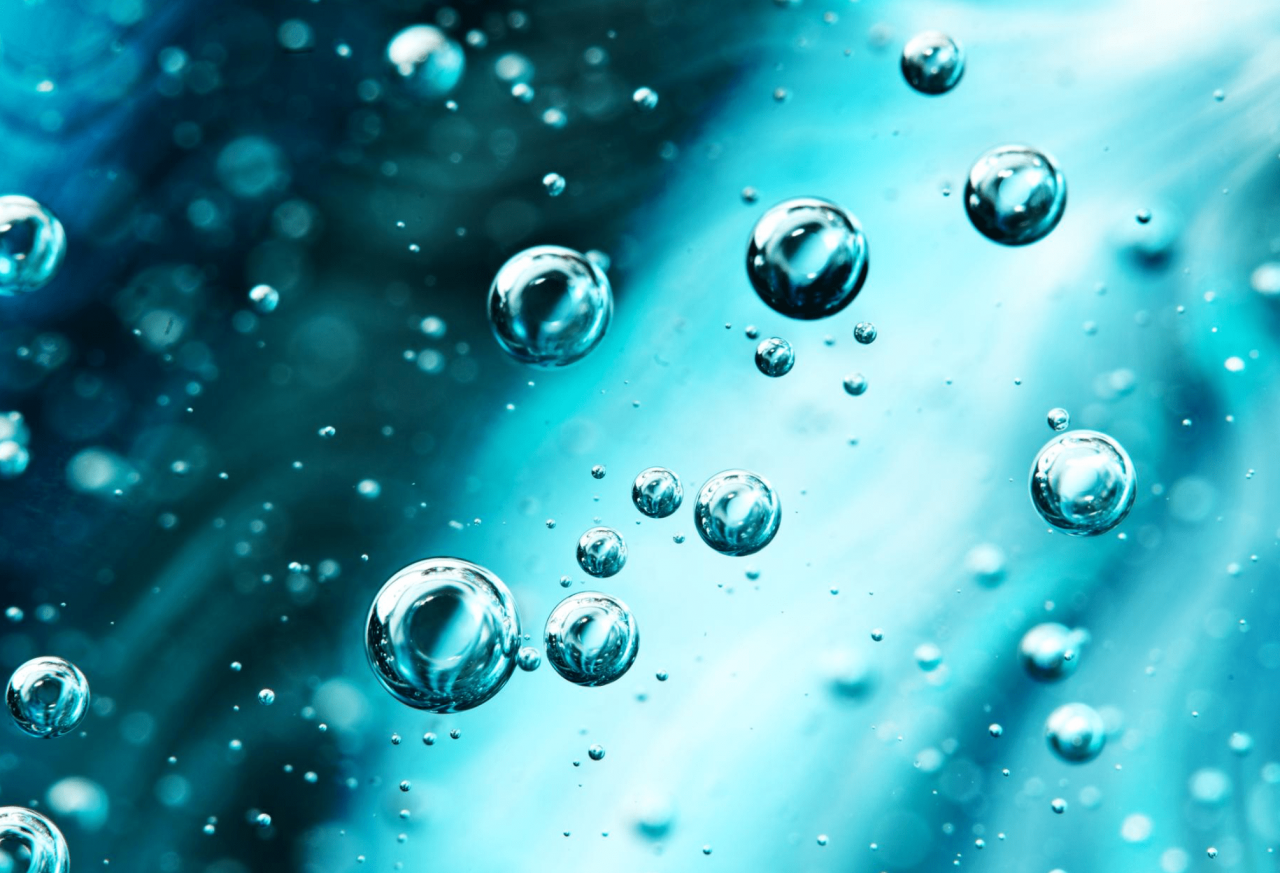The technology is considered a cost-effective and feasible way to keep astronauts breathing during the journey, and marks an important breakthrough in producing oxygen from water without buoyancy.

Álvaro Romero-Calvo, lead author of the study, explained: “On the ISS, oxygen is produced through electrolysis cells, which split water into hydrogen and oxygen, but then you These gases must be released from the system. A recent analysis by a researcher at NASA Ames concluded that using the same architecture on a trip to Mars would produce Such a loss of quality and reliability that it makes no sense to use it.”
The difficulty in extracting oxygen in space is related to the lack of gravity. On Earth, for example, gravity helps carbon dioxide bubbles float to the surface of soda water. But in space, these bubbles remain suspended in the liquid. Of course, these gases can be extracted with the help of bulky and expensive centrifuges, but scientists have spent years figuring out how to use magnets to achieve the same effect.
To investigate this possibility in a space-like environment, the study authors turned to the Bremen Drop Tower in Germany, a 146-meter-tall scientific facility that allows a shock-proof capsule to drop vertically to the ground, to create a brief microgravity experiment time window, in this case 9.2 seconds in duration.
Finally, scientists have developed a new technique that uses neodymium magnets to separate air bubbles from electrode surfaces in various liquids. In their successful experiment, for the first time, the researchers were able to use this method to attract and repel bubbles using magnetism in a microgravity environment.
Professor Hanspeter Schaub from the University of Colorado Boulder said: “After years of analytical and computational research, being able to use this amazing drop tower in Germany provides concrete proof of the concept. It also works in a zero-gravity space environment.”
The team says the advance could lead to a new generation of life-support systems for next-generation spacecraft, a technology that will go a long way toward sending humans to the moon and Mars.
The study’s author, Dr Katharina Brinkert from the University of Warwick, said: “These effects have enormous implications for the further development of phase-separated systems, such as for long-duration space missions, suggesting that even in Efficient oxygen and hydrogen production can also be achieved in water (photo) electrolyzer systems with virtually no buoyancy.”
The research was published in the journal NPJ Microgravity.




GIPHY App Key not set. Please check settings